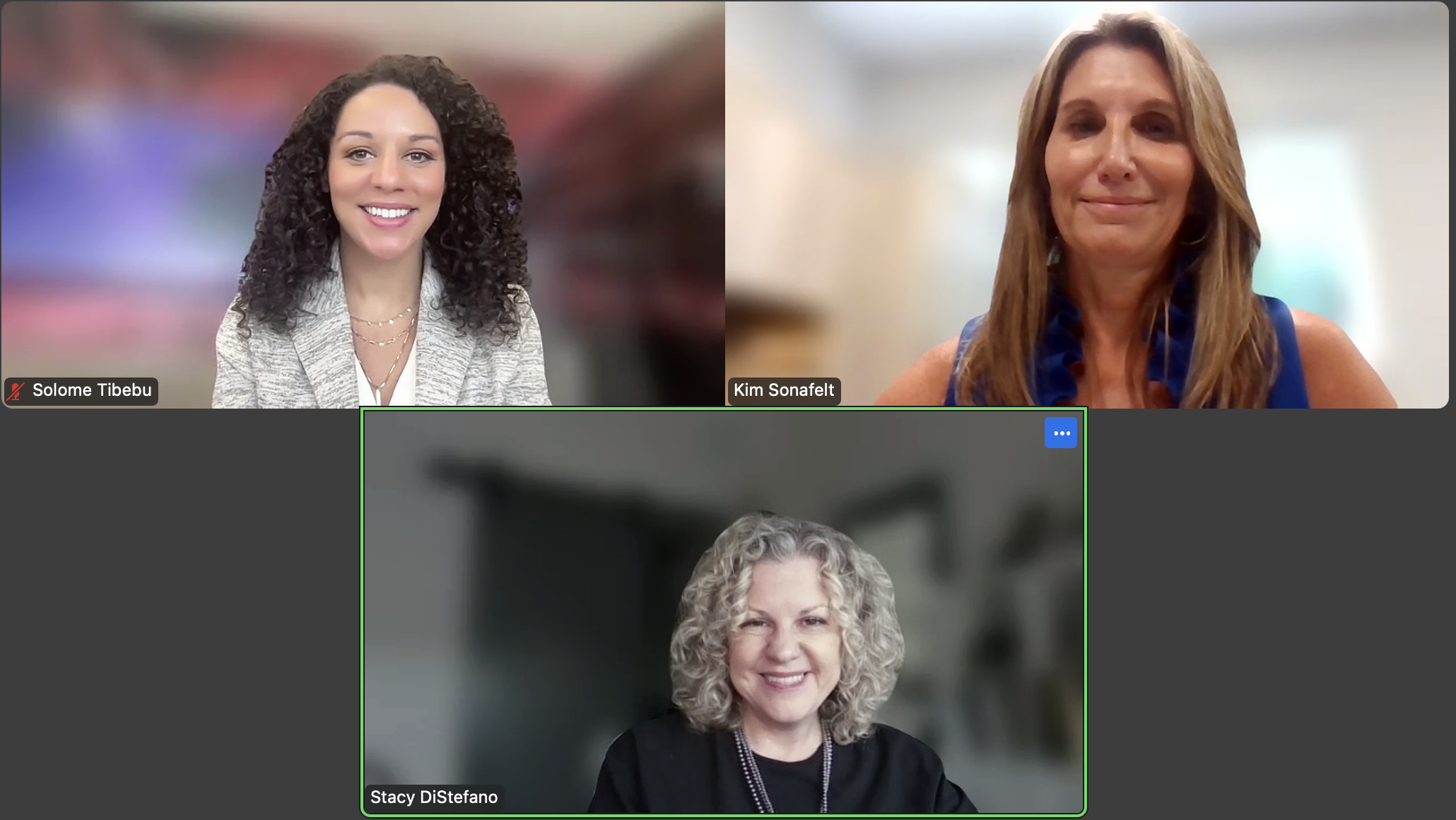.png)
Mergers and affiliations in behavioral health are accelerating, but it’s not about financial rescue. It’s about building stronger, mission-driven organizations.
That was the core message in a recent Behavioral Health Tech webinar featuring:
Together, they unpacked why nonprofit behavioral health providers are exploring strategic affiliations and mergers, what’s driving this trend, and how leaders can approach it from a position of strength.
Historically, nonprofit affiliations happened by chance: two CEOs meeting at a conference, or a funder nudging an organization to take over another. But that’s changing.
Today, leaders are proactively asking: Who’s the right partner to help us expand our mission?
DiStefano calls this “M&A from a position of strength.” Instead of waiting for a crisis, organizations are being deliberate by seeking cultural alignment, strategic fit, and shared vision before taking the leap.
Mainstay Life Services, a $40M nonprofit serving individuals with intellectual and developmental disabilities, wasn’t struggling when it began exploring an affiliation. In fact, the organization had doubled in size over six years.
So why pursue a partner?
“As a mission-driven organization, our number one job is making sure we’re living and expanding that mission,” said CEO Kim Sonafelt.
For Mainstay, the right partner meant:
The affiliation wasn’t about giving up identity. Mainstay will remain Mainstay. Instead, the partnership creates room for innovation, shared resources, and new opportunities.

One of the strongest takeaways from the conversation: inaction can be riskier than change.
DiStefano noted that some providers feel “fine” today, but the reality is shifting:
Or as Sonafelt put it:
“Your best thinking five years ago is your baggage today”.
Leaders must regularly assess their strengths, weaknesses, opportunities and threats and explore partnerships before a crisis forces their hand.
From both leaders’ perspectives, success depends on:
Nonprofit behavioral health providers are realizing that strategic growth isn’t about getting bigger for the sake of it. It’s about increasing impact, improving care, and creating more opportunities for staff and the people they serve.
As DiStefano summarized:
“One plus one has to make three for this to make sense.”
The message for providers? Don’t wait for a crisis. Start the conversations now, from a position of strength, and shape the future of your mission.
Watch the full on demand webinar here